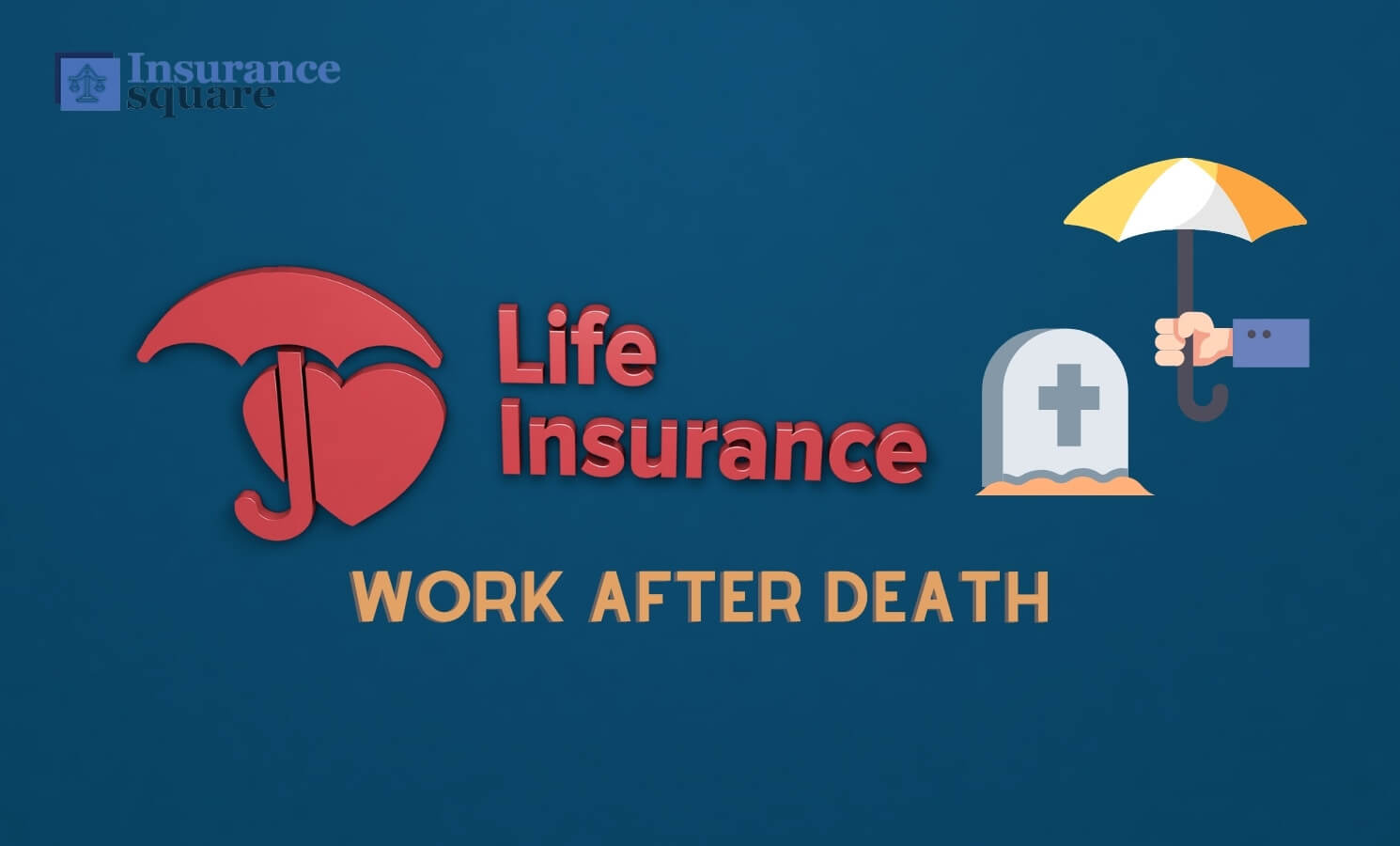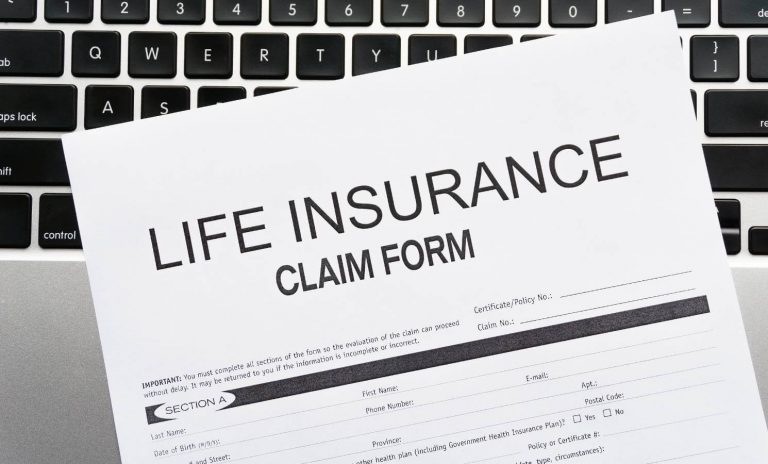How Does Life Insurance Work After Death

When it comes to the financial security for your family after your death, life insurance is one of the most excellent options. However, even among close families, life insurance is a complex issue to broach, and it’s one we often miss or avoid entirely. If you don’t have insurance yet, seek a quotation and determine how much coverage you require. You can also learn about the operation of life insurance after death.
How does Life insurance Work?
Life insurance is available for families, high-risk customers, couples, and a variety of other groups. Despite their variations, most policies have some traits in common.
The terminology used in life insurance
You can also put money into a cash-value account with a permanent policy. Beneficiaries are the ones who get money after the person who is covered dies. Life insurance after-death benefits are a crucial step in determining the financial impact of your policy. Beneficiaries are frequently spouses, children, or parents. However, anybody can be a beneficiary.
Life insurance is the total amount of money provided to the beneficiaries whenever a protected policyholder passes.
If your cash account has increased and you choose specific policy features, permanent life insurance can give you more money.
If you’re not working now, you might want your premiums covered, or you might want to add a child to your insurance. You can purchase this for your policy by purchasing a life insurance rider.
How Does Life Insurance Work After Death?
Beneficiaries receive a death benefit from life insurance plans. As a consequence, understanding who the beneficiaries are is significant. Spouses or partners, parents, business partners, charities, and family trusts are frequently included. If no one is designated as a beneficiary on a policy, or if no one can be traced, the money usually goes to the estate.
The death benefit is distributed first to primary beneficiaries. It’s possible that there are more than one of them. The amount of the premium that each of them receives is regulated by the policy owner. You may receive the death benefit if the primary beneficiary dies or cannot be found before the policy pays out.
It’s easy to become perplexed when a policy has numerous beneficiaries. If a parent lists two children as beneficiaries and one of them dies before the parent, the policy specifics determine what happens next. (Or, if the policy doesn’t specify, state law.) Beneficiaries might be classified as “per stripes,” “per capita,” or “none.” Everything goes to the surviving sibling (per capita). Alternatively, that sibling divides the proceeds with any deceased sibling’s descendants (per stripes). If neither designation is provided, your state may presume one or the other.
It’s also worth noting that minor children are not eligible for life insurance after-death benefit the authorities may assign a legal representative in this situation. This individual may or may not use the cash in your children’s best interests.
What is The Best Way to Find Out if Someone Has a Life Insurance Policy?
When a spouse or loved one passes away, there are many things to consider. One of your major concerns will be figuring out a way to pay for the funeral and other final obligations, such as insurance coverage. These strategies will help determine:
Consult your Friends, Family, and Acquaintances
When someone passes away, one of the first things to do is check to see if there is a life insurance policy. It’s sometimes easier to talk about death and dying with individuals who aren’t as close to you. So, they confided in friends, spiritual leaders, doctors, or social organizations they were a member of about their benefits (such as book clubs or exercise groups).
Personal Belongings
If your loved one had a policy, it’s likely that there’s a record of it among their belongings. Examine his or her documentation at home and at Work. Safe deposit boxes are more difficult to get, and the regulations vary by state. You’ll need to have the combination in a box as well as a photocopy of the death certificate throughout most cases. You’ll also need proof of relationship, such as a marriage certificate or an executor’s testament, as well as photo identification.
There are documents that may provide some information:
Insurance agents, attorneys, accountants, and financial advisors’ business cards might lead you to prospective connections who may have assisted you in obtaining a policy.
Contacts may be found in address books and planners.
Examine all Old Bills and Mail
Premium notices and updates will continue to be sent by mail and/or email from life insurance providers, so keep an eye on your loved one’s mail and email. You can also check your credit card and other financial papers to see if you have a policy.

How do you Make a Life Insurance Claim?
The death benefit is usually delivered within one to two months after the insurance company accepts your application. Payment may be delayed for a variety of reasons, including the submission of incorrect documentation. If the death was caused by homicide, the investigation may take longer since the firm must rule out the chance that the person who would be entitled to a cash compensation was involved in the crime.
The insurance company may refuse to pay the claim outright in rare cases. If the policyholder dies within two years of the policy’s inception, it normally falls inside the “contestability period.” The insurer may also look into any potentially dangerous activities that the policyholder failed to mention on their application, such as skydiving. The firm may be able to withhold a benefit if the person commits suicide during that time period.
What Happens to Life Insurance Policies That Aren’t Claimed?
Unclaimed life insurance policies are an unconditional action. Unclaimed life insurance policy proceeds are turned over to the state to have resided (often with interest) once a certain number of years have passed, according to state regulations on unclaimed property.
Conclusion
Understanding how the life insurance after death process works, from obtaining a policy to filing a claim and receiving a settlement, will give you more confidence in your decision to purchase coverage.
The post How Does Life Insurance Work After Death appeared first on InsuranceSquare.







